From crop to cup, our tea undergoes a long, intricate journey. Where possible only the top two leaves and bud are hand-plucked from the finest tea gardens. We nurture the relationships with our partners, seeing it as an investment in the quality of our tea. We taste our selected teas repeatedly every step of the way. The journey ends with our masterful tea blenders, who create the finest teas to be enjoyed by tea lovers everywhere.
Everyone loves to sip a cup of tea at early morning which is a habit. Drinking Tea plays a central part in our lives. It is a universal phenomenon with millions of people the world over enjoying it on a daily basis. It is hard to imagine a world without tea. Anyone thought of how the tea was first made up? Here’s the story of Tea for those who thought of its country of origin and genesis. Tea has a long history that spans across numerous countries over thousands of years. Legend says that tea originated in 2737 BC when the highly disliked Emperor Shen Nung of China was removed from power and driven out to an isolated spot in Southern China. Having no money to drink anything else but water, Shen Nung happened to be sitting under a tree one day when a gust of wind dropped a few leaves into his cup of boiling water. He loved the blend and found it so relaxing that he sat under that tree for the next seven years and wouldn’t drink anything else. The tale goes that while a passing army entered the Fujian province, they decided to take shelter at a nearby tea factory. This held up production at the tea factory, where leaves were left out in the sun, causing them to oxidize for a longer period of time and resulting in darker leaves. In an effort to accelerate the drying time, they decided to smoke the leaves over pine wood, thus creating Lapsang Souchong, which became one of the very first black teas. Chinese modified and prepared tea for a better taste and aroma later, it was a new form of green tea, thus the black tea was born.
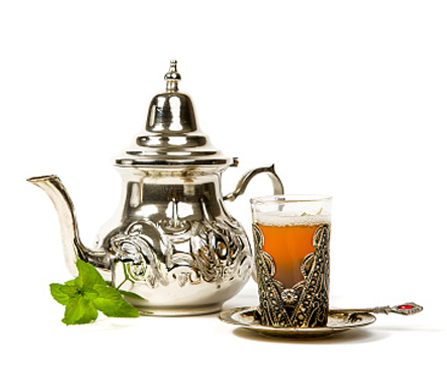
Sweet mint tea is the national drink of Morocco, enjoyed on any occasion, on any day of the week. Surprisingly though, adding green tea to mint is only a comparatively recent tradition in Morocco and dates back to the mid-19th century when British merchants introduced it there. Moroccans embraced tea as they found it helped to reduce the harshness of their usual brew of mint leaves alone. Nowadays mint green tea is associated with good hospitality and Moroccans often serve it to house guests as a sign of a warm welcome. The blend is prepared by adding green tea to a teapot, then a fistful of fresh spearmint and a few tablespoons of sugar. After the tea has brewed, it is customarily poured from high above small serving glasses. The glasses are often painted with colourful designs.
Tea has been an integral part of Russian culture since the 17th century when it was introduced by the Mongols as a gift to Tsar Mikhail. Initially only a drink for the rich, by the 19th century tea had spread throughout all of Russia’s provinces and classes of society. Perhaps the most famous Russian tea tradition is the samovar – a large, ornately designed metal urn that appeared in the mid-1700s. The main chamber of the samovar is used to boil water and keep it heated to the proper tea-brewing temperature, while at the top sits a teapot that holds a concentrated brew known as ‘zvarka’. The zvarka is dispensed into a cup and diluted with hot water from the samovar. Russians tend to like a strong, black, smoky, sweet brew and never add milk. Tea is sometimes accompanied by lemon or orange slices.
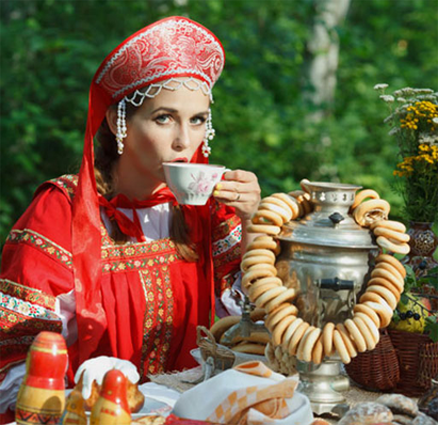
Tea has been an integral part of Russian culture since the 17th century when it was introduced by the Mongols as a gift to Tsar Mikhail. Initially only a drink for the rich, by the 19th century tea had spread throughout all of Russia’s provinces and classes of society. Perhaps the most famous Russian tea tradition is the samovar – a large, ornately designed metal urn that appeared in the mid-1700s. The main chamber of the samovar is used to boil water and keep it heated to the proper tea-brewing temperature, while at the top sits a teapot that holds a concentrated brew known as ‘zvarka’. The zvarka is dispensed into a cup and diluted with hot water from the samovar. Russians tend to like a strong, black, smoky, sweet brew and never add milk. Tea is sometimes accompanied by lemon or orange slices.
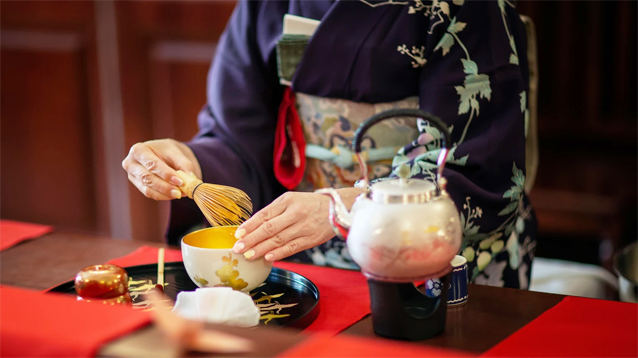
Japan has one of the world oldest tea cultures and its origins can be traced back to the year 729 AD when it is said that Emperor Shomu served tea to priests at a special Buddhist ceremony. For many years tea was consumed only by the imperial family, the nobility and monks, who saw tea drinking as a spiritual exercise and part of their Zen training. Today Japan produces over 70 million kg of tea per year – almost all of it green tea. ‘Sencha’ is by far the most popular tea type whilst the most well-known Japanese tea in the West is perhaps ‘Matcha’.This vibrant green tea powder has been enjoyed in Japan for over 800 years and is used for the meditative Japanese tea ceremony. In recent years Black tea consumption has increased and is imported mainly from India and Sri Lanka.
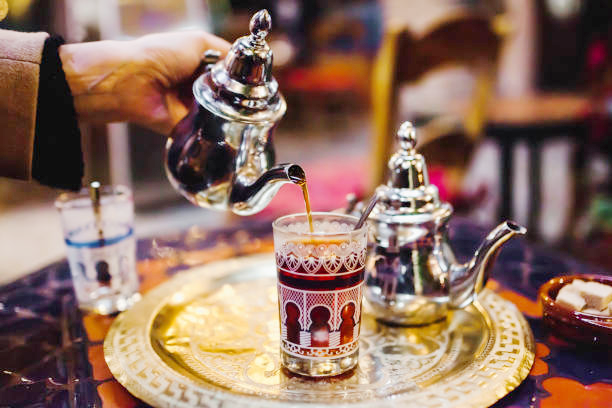
Almost all Persians start their day with a cup of tea. The beverage is believed to have found its way to Persia via the Silk Road during the Safavid Period (1501 – 1722) and became very popular, replacing coffee as the country’s national drink. Cultivation of tea in the region began in the latter part of the 19th century near the Caspian Sea and orthodox (loose leaf) black tea is the most common type of tea consumed. Persians are especially fond of the strong, smoky character of low grown Ceylon tea. Sweetness is provided by placing a sugar cube, known as ‘ghand’, in the mouth and then sipping the tea. ‘Samovars’ are found in most households.
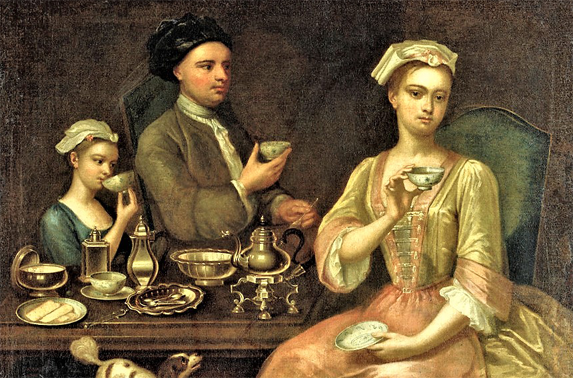
The US is the third largest importer of tea in the world after Russia and Pakistan. On any given day, more than one half of the American population drinks tea, but approximately 75-80% of tea consumed is in the form of iced tea. Much of the tea used for iced tea comes from Argentina. Hot teas are drunk mainly in teabag form and fittingly Teabags were actually invented in the USA by a New York-based tea importer in 1908. In recent years specialty tea consumption has been growing very fast.
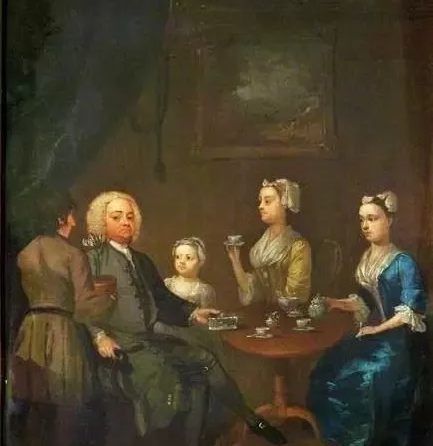
When the British made colonies around the world they planted tea in many places making the fabulous drink much more popular. In fact it has become the most widely consumed beverage on earth after water. Today the world drinks around 3000 Billion cups of tea every day.Tea is famously the quintessential British drink that is traditionally enjoyed with milk and perhaps a spoonful (or two) of sugar. It first arrived on Britain’s shores in the 17th century and became popular among the wealthier classes after the marriage of King Charles II to Catherine of Bragranza, a Portuguese princess who was an avid tea drinker. It was initially imported from China and became a popular drink in London’s coffee houses. During the second half of the 19th century, the English established tea estates in Assam in India and Ceylon (now Sri Lanka). Nowadays over 160 million cups of tea are consumed per day in the UK, most of it black tea from East Africa. The well-known British tradition of afternoon tea involves tea, served with scones, jam, cream and sandwiches.
Tea leaf and tea are the words that came from China, people of Amoy call it THAI in Amoynese dialect. Condonese people call it CHA. When it reached in India THAI and tea leaf became CHAI. Tea leaf turned into Tea in English and tea conquered the world there after. With the peaks of quality contained, tender leaves of world famous Sri Lankan mountain valleys, in the heritage packages at the brand of Newyear Golden tea made for each and every INDIVIDUALS.